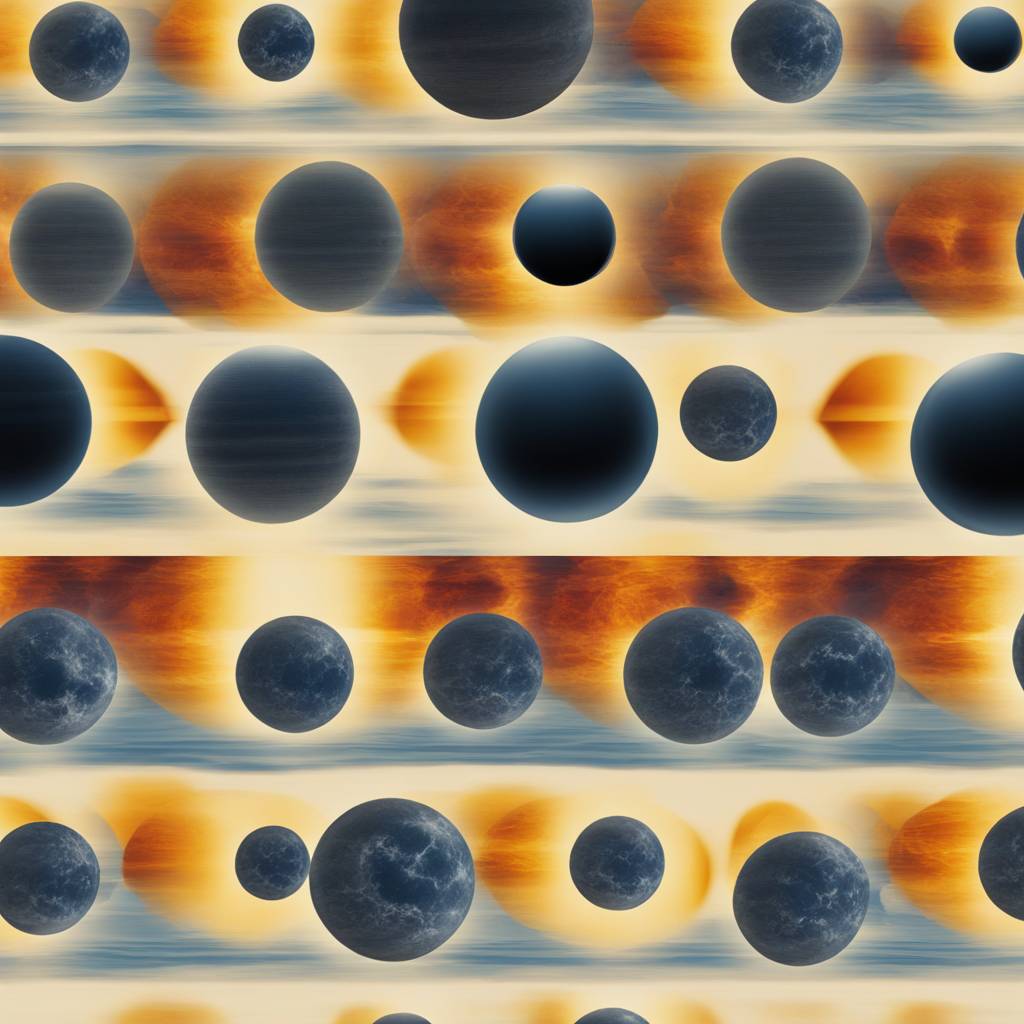In 2017, viewers across North America witnessed a total solar eclipse, a rare event where the moon completely blocked the sun. This spectacle only occurs every few decades, with the next total solar eclipses in the region not expected until 2044 and 2045. Astrophysicist Nahum Arav described total solar eclipses as one of the most spectacular events in a person’s lifetime, likening it to a black hole in the sky. The eclipse began on the Pacific Coast of Mexico, traversed through 15 states, and ended in Canada, offering a glimpse of the awe-inspiring event to millions of people.
While partial solar eclipses, where the moon partially covers the sun, are more common and visible to a broader audience, the total solar eclipse experienced by those within the path of totality presents a unique and unforgettable experience. These celestial events are predictable despite seeming random, allowing scientists to pinpoint their exact locations and timings. The last total solar eclipse to cross North America occurred in 1979, with the 2017 eclipse marking a significant astronomical event that captured nationwide attention.
As Arav explained, solar eclipses are evenly distributed across the Earth, occurring approximately twice a year, but their occurrences remain irregular in terms of specific locations. The next total solar eclipse expected for North America in 2044 will only cross three states, with a majority of the path of totality visible in Canada. The subsequent eclipse in 2045, however, will traverse a significant portion of the continental United States, starting in California and moving eastward to Florida, allowing several cities to experience the wonder of totality.
Following the 2044 and 2045 total solar eclipses, scientists have predicted eight total eclipses in North America during the 21st century. These natural phenomena are often likened to a precise Swiss clock, allowing for accurate forecasts of their occurrences years in advance. Subsequent total solar eclipses in North America after 2045 are slated for 2078 and 2099, providing future opportunities for eclipse enthusiasts to witness these extraordinary events. Each eclipse offers a unique viewing experience, with the possibility of darkness and celestial beauty captivating audiences in cities across the United States.















